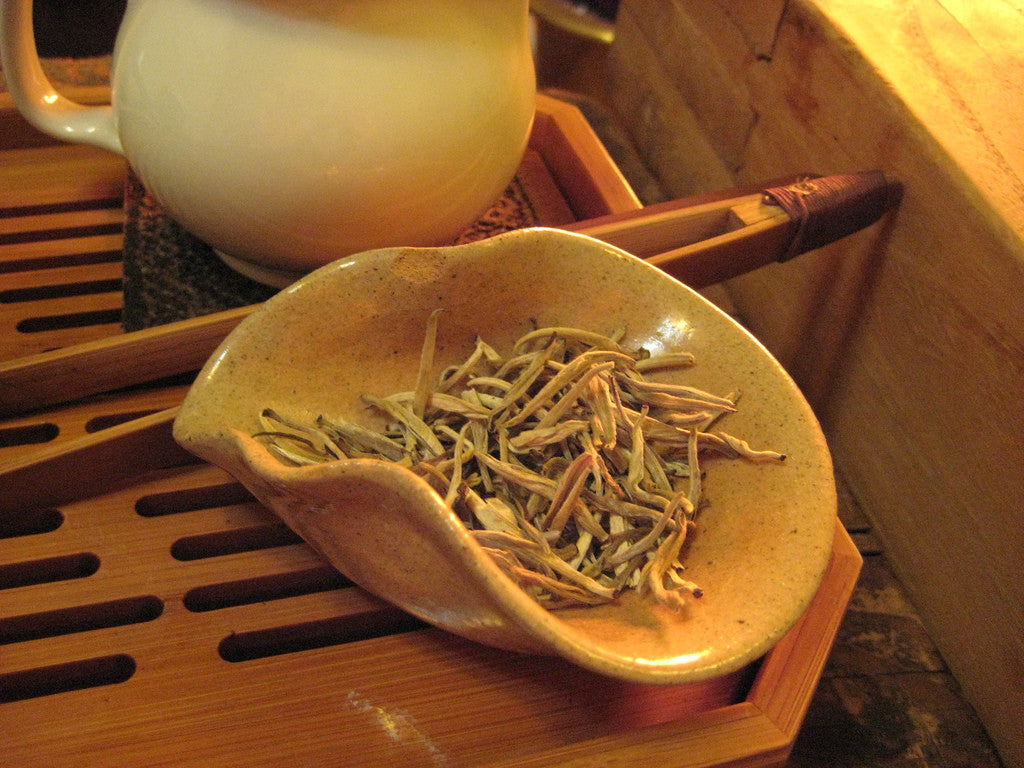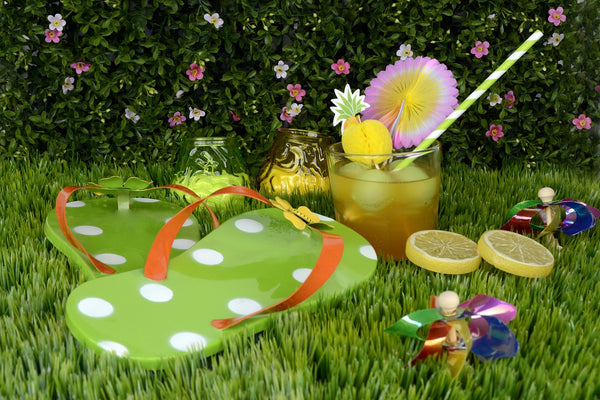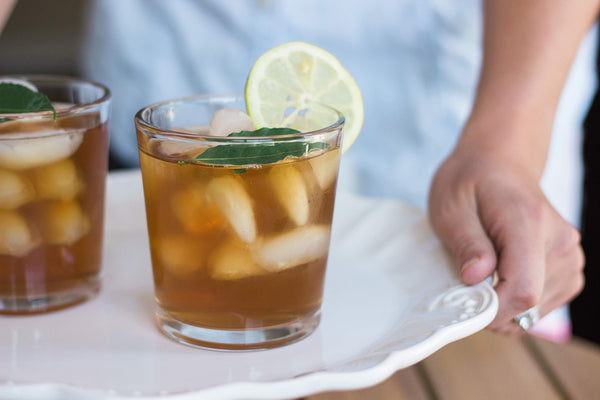
It is hard to believe…
Facebook is only 6 years old
Email is only about 13 years old
The Internet has only been popular for 15 years
White Tea was introduced in the US only 18 years ago….
I know what you are thinking. White tea doesn’t fit in with the other 3 points I made earlier.
But I would disagree. Tea, as a beverage, is over 2000 years old. Think about that. People have been drinking tea longer than the English language has existed. And, out of all the teas, white tea is the closest match to the teas people drank centuries ago.
About 10 years ago there was an explosion of interest in white tea, which resulted in people calling it “The New Green Tea.” What they didn’t realize at the time was that white tea was actually the “old green tea.” We just didn’t know about it.
So what is white tea?
White tea, in its most basic form, is when young tea leaves are plucked, withered and dried. Plucking is the process of physically pulling a tea leaf from the branch like you would with a Basil leaf. Drying is, well, drying the leaf so it has no more moisture in it.
Withering removes moisture from the tea leaf
After the tea leaves are plucked, they are left in the sun for a short period of time. This process is called withering. The reason they do this is to reduce the amount of moisture in the tea leaf. Removing the moisture allows the proteins in the tea leaves to break down into amino acids, which concentrates the flavor of the tea.
White Tea does not oxidize
After withering, most teas go through a process of oxidation. In the most simplistic sense, oxidation is what makes green tea green and black tea black. With white tea this process is skipped altogether, leaving the tea leaves in their natural color, light green.
The term “White Tea” does not come from the color of the tea leaf
Since white teas are not oxidized, the best part of the tea leaves are usually reserved for them. The best part of the leaf is the bud. Since these tea leaves are so young, the bud usually has what looks like silver fuzz lining them. This silver fuzz is where white tea gets its name.
The flavor is sweet and mild
White tea has one of the most delicate flavors of all tea. It has a delicate sweetness with hints of flowers. If you find green teas too “grassy,” then white teas may be perfect for you.
It may also be the healthiest of teas
Studies have shown that white tea has a higher concentration of antioxidants in it than green tea. It has also been shown to fight cancer and increase your immune system. And, if you are sensitive to caffeine, white tea has the lowest amount of all the teas, about 1/6 the amount as a cup of coffee.
Summary
OK. Maybe the “discovery” of white tea in this country isn’t as big of a deal as Facebook, Email and the Internet. But, I do have to say, it is oddly impressive that Western society has ignored such an ancient and delicious beverage for thousands of years. Add in the health benefits and it is almost perfect!
Photo: www.flickr.com/photos/barnkim/2271432174/
Leave a comment
Comments will be approved before showing up.


